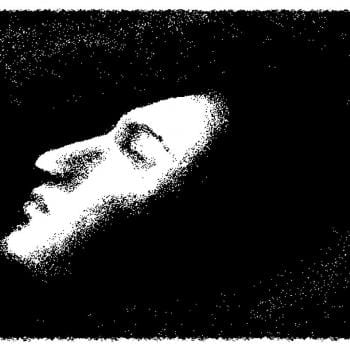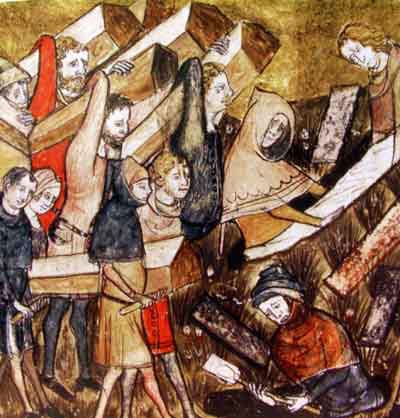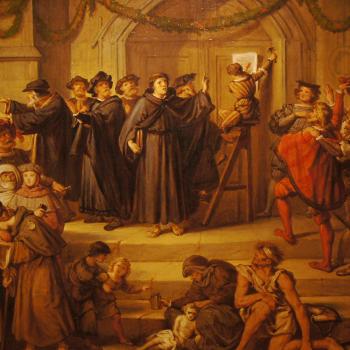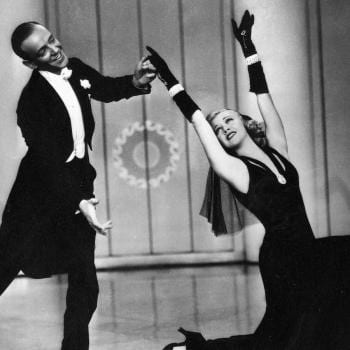- Trending:
- Pope Leo Xiv
- |
- Israel
- |
- Trump
- |
- Social Justice
- |
- Peace
- |
- Love
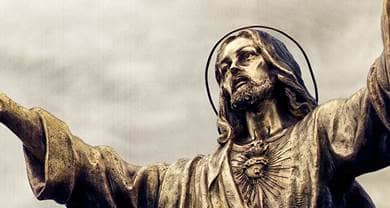
RELIGION LIBRARY
Lutheran
Historical Perspectives
Much of the history of Lutheranism has played out as histories of Luther. As the founding figure, he is used to validate or invalidate historical movements. Martin Luther is such a dominant figure in western history that he has been the constant focus of attention, so much so that it is nearly impossible to get beyond the layered interpretations to the "historical Luther" in much the same way that it is nearly impossible to get to the historical Jesus or historical Buddha.
Roman Catholics traditionally explained the Luther's revolt against the Church by suggesting, for example, that he had never correctly learned the true theology of the Church or that he had a diseased or oversexed soul. (On the latter, Luther pointed out that if that were the case there really would have been no reason for him to leave his monastery.)
Protestants tend to see in Luther their own image. The second generation of Lutherans, focused on pinning down orthodox Lutheranism, saw him as a scholastic, systematic theologian. In the Enlightenment Luther was seen as the champion of personal liberty and freedom of conscience. His declaration, "Here I stand," at the Diet of Worms becomes the paradigm of Kantian autonomy.
Currently scholars are more interested in showing the medieval continuities and influences on Luther. This begins with the great Protestant theologian and historian Ernst Troeltsch, who pointed out in his book Protestantism and Progress (1912) that Luther was not a modern but a medieval man. When moderns wrestle with questions of faith they worry about the integrity of the individual person or the existence of God. This latter question was never on Luther's radar screen. Instead, he faced a thoroughly medieval problem--confronting at judgment a God wrathful about sin--and asked a thoroughly medieval question--How do I get a gracious, loving God? What separates Luther from his Catholic contemporaries is not the question but the answer; Luther argued that the answer to both questions was justification by faith alone, rather than by working toward sanctification.
In Scandinavia and North America, this trajectory of examining the medieval Luther is now the cutting edge of historical scholarship. To a great extent this is the result of the context of post-Vatican II ecumenical dialogues between Roman Catholics and Lutherans. The American historian Heiko Oberman has been the dominant force in this movement. In Finland, Tuomo Mannermaa has led a research trajectory that attempts to read Luther on justification using medieval, Aristotelian philosophical categories current at the time of Luther. For example, Luther has typically been read to argue that justification is a verbal or legal fiction, that God's forgiveness means that a sinner has been declared righteous, when in fact the sinner is not righteous (analogous to being declared "not guilty" in a court of law). This makes the saved Christian completely passive, and makes it difficult to say how the Christian is changed by the experience. Why should this tree now bear good fruit? Mannermaa argues that, in Luther's day, justification would have been seen in substantial, not accidental terms (substance denoting the essence, accident merely the appearance). (The substance/accident distinction traces back to Aristotle). If this is the case, then being justified would have "substantial" effects in a person's soul, and be more than a verbal pronunciation.
Finally, Luther has often been attacked by liberation theologians as a theologian of the bourgeois status quo, one whose focus on justification played down the unjust contexts from which his followers needed salvation. But recent scholars argue that Luther is subversive, that his "theology of the cross" is not an example of a patriarchal and abusive scheme of salvation, but evidence that God overthrows structures of human privilege.
The question remains in all these scholarly movements whether we move closer to Luther or continue to see our own reflection.



